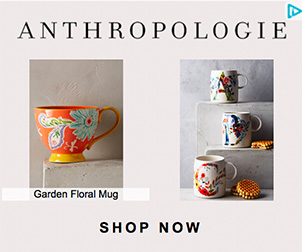A new leaf
Houseplants are back in vogue. A popular feature in Sixties and Seventies homes, they fell out of favour in the minimalist Nineties, but now going green indoors is all the rage again.

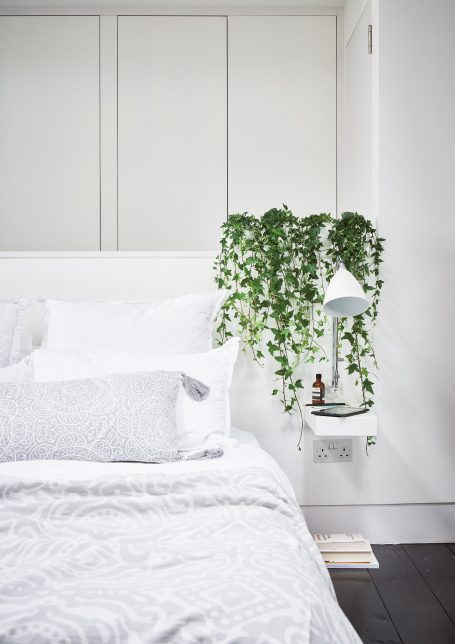
“We’ve observed the creeping return of greenery in the way some of the chicest folk around decorate their homes today,” says Kara O’Reilly, co-author with Ian Drummond of At Home with Plants.
“Cool interiors companies are upping the variety of plant pots in their ranges, and there’s a revival of everything from terrariums to hanging planters as decorative elements.”
“One of the most amazing things about houseplants is that you can enjoy them all year round – and there’s nothing more satisfying to the soul than nurturing a living thing,” adds Kara.
“With a little know-how, even the least green fingered among us can cultivate an indoor plant. But be warned – once you start, the look will grow on you.”
Living room
“Houseplants can have enormous impact in the living room, because there are so many areas to display them,” says Kara.
“Follow the fashion for hanging planters – in macrame, metal or marble – and attach them to the ceiling to create a ‘green screen’. Or, invest in a set of open shelves and fill with potted plants to make a room divider. Quirky containers for foliage – such as vintage hampers – will inject personality into a setting”
How to display: Surfaces from mantels to shelves, windowsills and side tables are perfect homes for plants. If you have the space, go to town with a group of different sized, floor-standing architectural palms to create a focal point.
What to pick: Palms, weeping figs or finger trees are all conversation pieces. Choose plants with foliage in hues that will complement your ornaments or colour scheme, such as trailing plants, English ivy, chain cactus; or flowering plants such as flamingo flower, pink quill or vanda orchids.
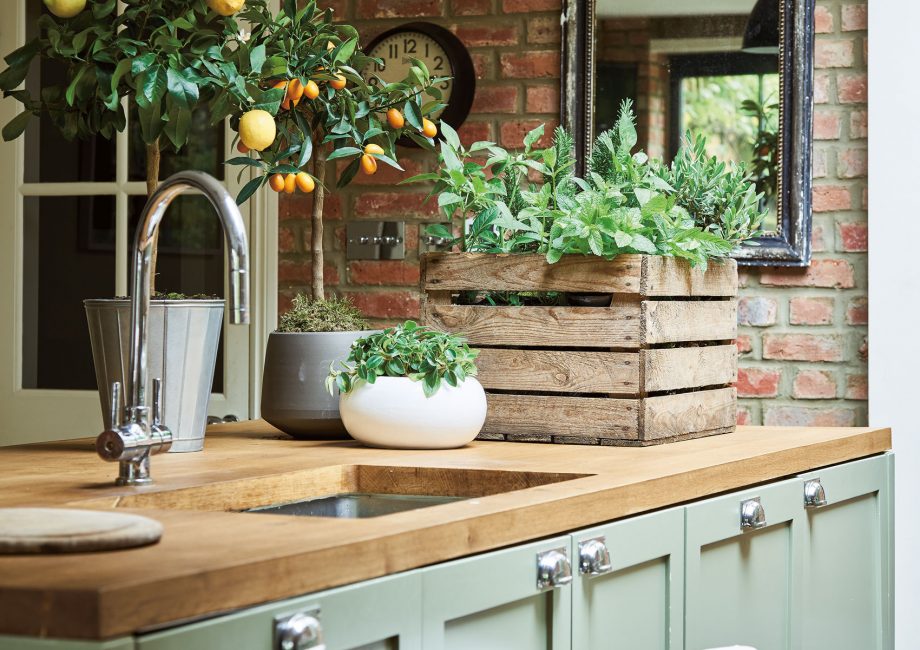
Kitchen
“The kitchen’s the heart of the home, so why not show yours a little love with some creative planting?” says Kara.
“Herbs are an obvious choice, as they’re attractive, an invaluable cooking ingredient and their fragrance can mask odours.”
How to display: Try placing a large container of mixed herbs on a table, or plant individual varieties of herbs in matching pots and line them up along a shelf, a windowsill, or a work surface.
What to pick: Chives, coriander, mint and basil. They prefer a light, bright position such as a sunny windowsill and need regular water and occasional misting. Ideally, buy plants from a garden centre as they’ll last longer. Asplenium ferns, echeveria succulents and moth orchids also thrive in kitchens with lots of light.
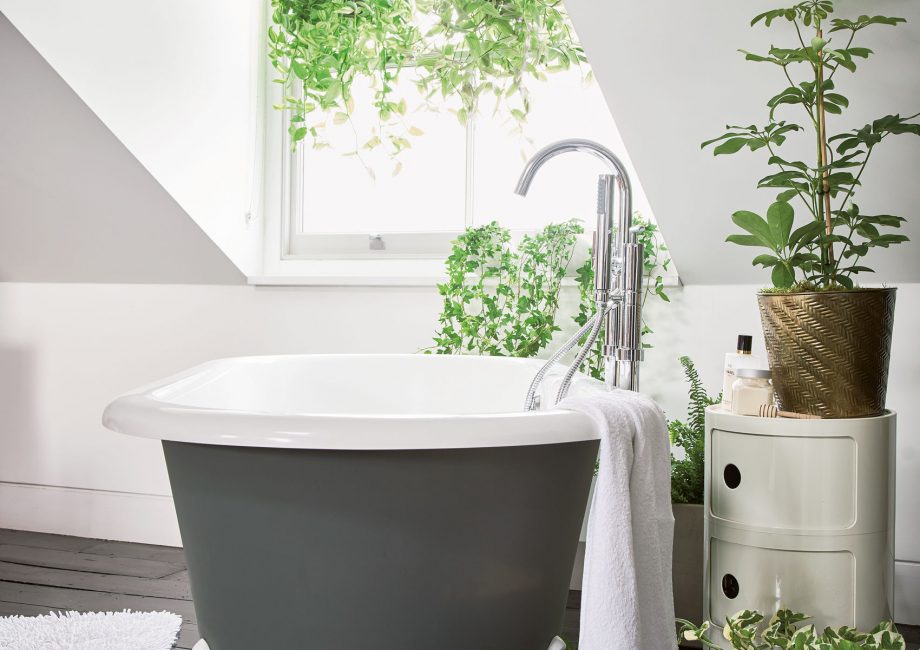
Bathroom
“Most bathrooms tend to fall into one of two camps: light and humid, or dark and humid. While light levels are obviously a key consideration when choosing plants for any space, with a bathroom you need to select humidity-loving plants above all,” advises Kara.
How to display: Arrange plants so they’re within your sight line when taking a soak in the tub or a shower. In a small space, choose miniature varieties and dot them amongst your lotions and potions.
What to pick: Cacti and most succulents are an absolute no-no. Orchids, ferns, aloes and palms all like humidity and can also tolerate fluctuations in temperature. Trailing plants work well, including spider plants; heart-leaf philodendron and chestnut vine. Foliage plants are a better choice for a dark bathroom as flowering plants generally need higher levels of light.
Bedroom
“Plants don’t just look good in bedrooms, they can also help us feel calm and act as natural air conditioners, gently raising the humidity levels and improving air quality,” says Kara.
How to display: A plant on a bedside table will is a welcoming touch for a guest. Consider an indoor tree by a bed, or hanging planters to bring interest to a dull corner.
What to pick: Plants that cope with slightly lower temperatures and potentially lower light levels. Seek out varieties which are proven toxic filters, such as heartleaf philodendron and peace lily. Improve air quality by choosing plants that release oxygen at night, such as orchids, Barbados aloe and mother-in-law’s tongue; while lavender (known as a sleep inducer) could scent the air.
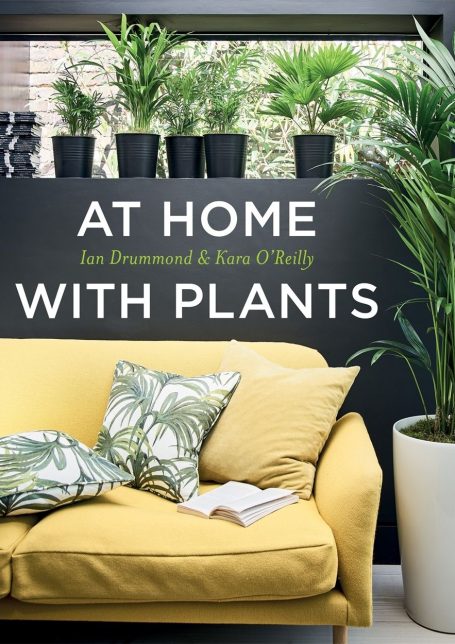
At Home With Plants, by Ian Drummond & Kara O’Reilly, with photography by Nick Pope, is published by Mitchell Beazley, priced £20. Available now



